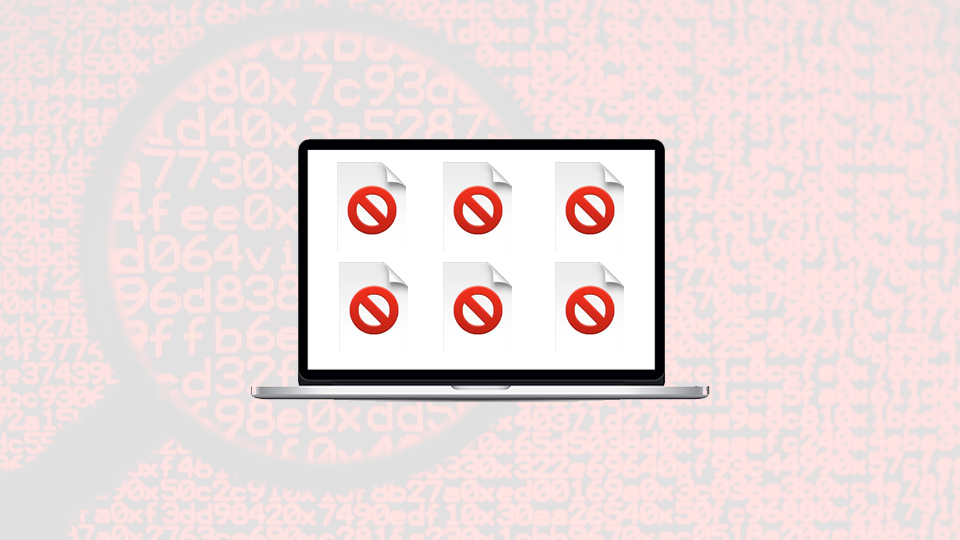
Ransomware that emerged from dangerous Dharma family remains active
This is a cryptovirus that locks files on the infected device and demands a ransom for the decryption tool. Combo ransomware virus emerged in July this year and is still active for more than a month now. This virus appends files with .combo extension and makes data useless. The full pattern of this file extension looks like this: Filename.id{ID-here}.[[email protected]].combo. Encryption can affect various types of files. Anything from images, videos, music files to archives can be modified by this cryptovirus. As other ransomware-type attacks, it involves money extortion. There is no information about the specific ransom amount, so it depends on each victim and the time they spend before contacting the criminals. However, you shouldn’t contact these people at all and forget about paying the ransom. These hackers are dangerous, and you may lose your money or data permanently.
There is a possibility that silent ransomware infection can affect the operating system or other important parts of the device. This means that encrypted data is not the only issue with these harmful viruses. The cybercriminals behind Combo ransomware can access the system of your PC remotely and make significant changes without your knowledge. This access gives them the ability to disable or install executable files, initiate unwanted tasks or launch programs, keep you from accessing certain processes or visiting sites. This is a serious cyber infection and since there is no official decryption tool Combo ransomware can spread around the world easily.
Ransomware spreading methods and encryption functionality
The main feature that most of the cyber infections share is silent infiltration. Ransomware is no exception, but this is the virus that can use different distribution methods. Probably the most common spreading method is spam email attachments when files contain malicious script. Also, these emails may have direct links to malicious sites or infect other malware, designed specifically for injecting ransomware. Emails with typos, grammar mistakes or direct links can be unsafe if sent from the unknown address. You should check the legitimacy of the sender by answering them. If there are people behind this email, you should get an answer. You can also scan the file before downloading and opening it on your computer. Or just delete these emails from questionable sources before getting malware installed on your device.
If you already got an infection via insecure attachment or in other ways, it is only a matter of time how quickly ransomware scans your system and finds data that is suitable for locking. The virus scans the device to make sure it wasn’t encrypted yet and chooses most of the files in various formats to modify. Images, videos, music files or documents can be encrypted. This is done using encryption methods. RSA or AES encryption algorithms encode files and makes them useless. After the encryption, the only way to recover data is using those unique keys, generated during the encryption. However, the decryption tool that virus developers allegedly have might not even exist. And paying the ransom is not helpful.
Virus removal solutions
Combo ransomware is a dangerous infection, and if you want to remove it from your browser, you should use specific malware-fighting tools. Anti-malware programs are designed for virus elimination. Anti-malware can detect any infection from browser hijackers, adware or trojans to keyloggers and ransomware. These tools can remove malware from the infected computer or keep the device safe by blocking potential threats. This is the quick, automatic and easy solution for ransomware elimination. Every silent infection means that there might be additional pieces installed on your device.
There is an issue of encrypted files when it comes to ransomware attacks. But since there is no official decryption tool data recovery is not easy. You can easily replace encrypted files with safe and clean ones form the backup, but that needs to be done only on the already cleaned device. There also are a few tools specifically created for file recovery, but not all of them might work. Many ransomware viruses delete Shadow Volume copies, for example, so those cannot be restored. This fact highlights the meaning of creating file backups on external devices or the cloud. You need to remember that any file recovery is resultless if ransomware is still present on the system, a virus may encrypt anything on the newly plugged in device. You can restore your files after you proceeded with Combo ransomware removal and made sure that the system is clean.
